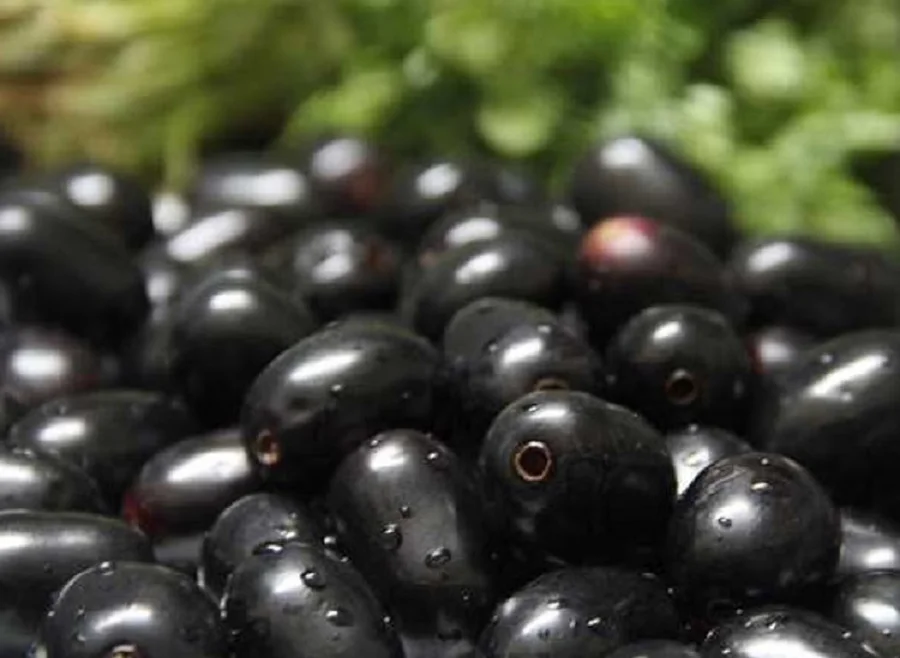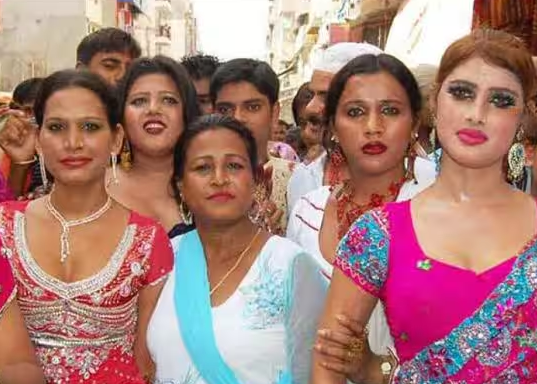
With Holi just around the corner, one of the most beloved sweets of the festival is Gujiya (or Gujhiya). However, many people often get confused between the two names. Are they different sweets, or is it just a matter of pronunciation? Let’s clear up the confusion.
Key Differences Between Gujiya and Gujhiya
- Pronunciation & Regional Influence
- The primary difference between Gujiya and Gujhiya is in the name and pronunciation.
- In Rajasthan, Madhya Pradesh, Delhi, and Haryana, it is commonly called Gujiya.
- In Uttar Pradesh, Bihar, and Jharkhand, people often call it Gujhiya.
- Despite the different names, both refer to the same sweet with slight regional variations in preparation.
- Difference in Shape & Texture
- Gujiya is generally crescent-shaped with curved edges.
- Gujhiya can be slightly smaller and thicker, with some versions having a more crispy texture.
- Method of Preparation
- Both are made using refined flour dough, filled with khoya (mawa), dry fruits, coconut, and sugar.
- In some regions, Gujhiya is made crispier, and a sugar syrup coating is added after frying.
- Filling Variation
- Gujiya is often stuffed with khoya and dry fruits, making it rich and sweet.
- Gujhiya may have khoya mixed with semolina (suji) or coconut, giving it a slightly lighter texture.
Are They Really Different?
Not really! The difference is mostly linguistic and regional, with minor variations in texture, sweetness, and crispiness. Whether you call it Gujiya or Gujhiya, this delicious sweet is an essential part of Holi celebrations and a favorite across India.






